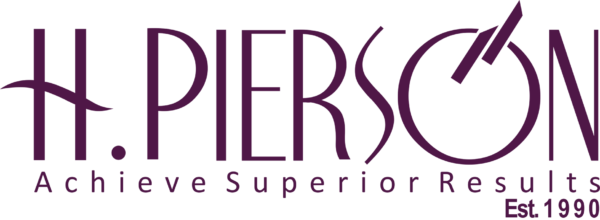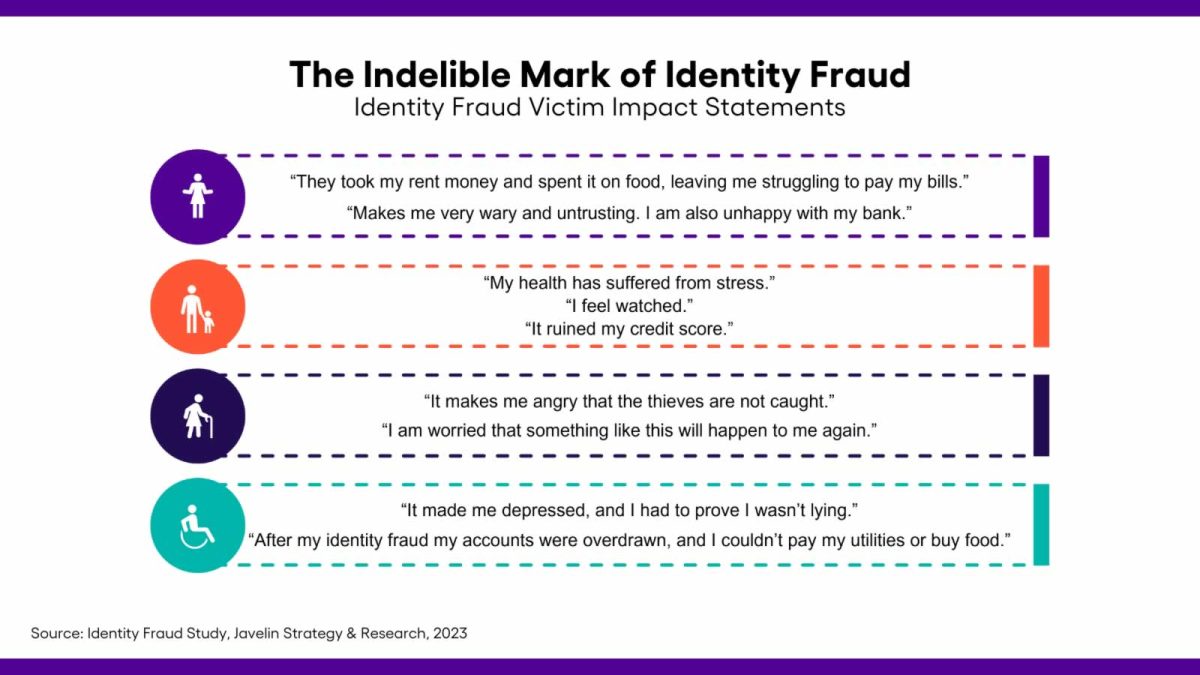Employee retention has always been an important topic. However, lately, with the fallout from the pandemic, the great resignation, and the great reshuffle, the topic of employee turnover and how to retain employees is on the mind of every leader.
Staying up to date on the latest research and statistics regarding employee retention will leave you better informed and equipped to pull the right levers to ensure your talent remains at your organization, and this article will help you do just that. In it, you’ll find information on what employee retention is, why it is important, the state of employee retention, and what can be done to fix it.
Willam F. Xiebell, CEO of Gallagher’s Benefit & HR division, summed up for HDR why employee retention is so important. He said, “An organization’s ability to retain employees ultimately impacts its bottom line because hiring and training a new employee usually costs much more than retaining someone who is already on the payroll.”
The State of Employee Retention in 2024
As we enter another year of VUCA (volatility, uncertainty, complexity, and ambiguity), it will be crucial for leaders across all industries to understand shifts in the workforce to develop strategies to keep talent from leaving.
The #1 operational priority for organizations is retaining their talent (this is even above revenue) – Organizational Wellbeing Report 2023, Gallagher
The current cost of employee turnover is, on average, 1-2 times the employee’s salary. – Integrated Benefits Institute Study 2023
61% of employers are having difficulty retaining employees. – Integrated Benefits Institute Study 2023
Today, 1 in 2 organizations has a turnover rate greater than 15%, and 1 in 5 has a rate greater than 30%. – Organizational Wellbeing Report 2023, Gallagher
The group most likely to leave their job are Gen Z or Millennials in the United States (53%) and working in the technology/hardware industry (60%) – EY 2023 Work Reimagined Survey
20% of frontline employees are planning on leaving their current job within the next three to six months. – Frontline Workers: How to Connect, Enable, and Support Them in the Modern Workplace, Workday 2023
57% of Canadian employers believe that slowing economic growth is reducing employees’ likelihood of leaving their current employer – EY 2023 Work Reimagined Survey
50% of respondents agreed they accepted a job offer but backed out prior to starting. – Gartner HR Survey, 2023
4.1 years is the average time an employee stays with an employer. – Bureau of Labor, 2022.
9 Employee Retention Strategies
To help leaders and the organizations they work for retain their employees, we’ve compiled nine employee retention strategies that thought leaders recommend and that the latest research backs up.
- Develop a Strong Onboarding Process
- Prioritize Inclusion
- Embrace Flexibility
- Focus on Company Culture
- Provide Employee Development Opportunities
- Develop Strong Leaders
- Find Ways To Show Appreciation
- Offer Additional Benefits
- Ask For and Use Employee Feedback
Develop a Strong Onboarding Process
Onboarding is the employee’s first impression of their new workplace, for better or worse. Alison Stevens, Director of HR at Paychex, shared the benefits of strong onboarding with Fortune, “As organizations look to improve their onboarding process, creating a welcoming, engaging, and clear onboarding experience can vastly improve employee retention and morale.”
- 82% of employers have seen improvement in retention by implementing a robust onboarding program. – Integrated Benefits Institute Study 2023
- 80% of new hires who receive poor onboarding plan to leave, especially those who work remotely. – The Effect of Poor Onboarding on New Hires, Paychex, 2023
Embrace Flexibility
Flexible working, autonomy, and work-life balance are significant considerations for employees if they remain at their current workplace or find one that offers more flexibility. In a recent study conducted by Kathryn Minshew’s company, The Muse, she shared that they found that “Flexibility and work-life balance is coming up as the number one thing that employees and job seekers are looking for, above compensation.”
88% of leaders globally agree that flexible working positively impacts employee retention. – 2023 Global Workplace Study, Targus
47% of employees actively seek a new job because they want more flexibility. – Gartner HR Survey, 2023
Focus on Company Culture
A company’s culture can retain employees or have them looking for their next opportunity. Tommy Loh, Partner at Hendrick & Singapore, shares with HR World the impact of a great culture. He said, “It is clear that culture has a positive influence on business and talent management strategies, employee retention, and financial performance. All thriving cultures begin at the top with purposeful leadership, as the model of the leader affects the entire organisation.”
Toxic company culture was the top predictor of employee attrition and is 10 times more important than compensation in predicting turnover. – Toxic Culture Is Driving the Great Resignation, MIT Sloan Management Review 2022
34% of CHROs plan to strengthen company culture to retain talent. – The Conference Board 2023
Provide Employee Development Opportunities
Employees want their organizations and leaders to take an interest in their careers and help them grow and develop. Kirt Linington, Owner of Linear Roofing and General Contactors, seconds this notion in his comments to Forbes, “Prioritize training, mentorship programs and clear career advancement paths. This shows employees that the company is invested in their professional growth and development, which can increase job satisfaction and reduce turnover.”
Employees who expect daily or weekly feedback from their direct leader but only receive it once a month or less are 2.5 times more likely to leave their current employer. – Frontline Workers: How to Connect, Enable, and Support Them in the Modern Workplace, Workday 2023
The #1 way companies try to improve retention is by providing learning opportunities, followed closely by upskilling and creating a culture of learning. – LinkedIn 2023 Learning Report
56% of leaders cited concerns over career growth opportunities as the top cause of voluntary resignation at their company – 2023 Global Operation Leaders Insight Survey, Centrical
When leaders or organizations support employee skill building, employees are 4x more likely to work for their company one year from now; when both leaders and organizations support skill building, odds jump to 9x. – O.C. Tanner 2024 Global Culture Survey
Develop Strong Leaders
It’s no surprise that your direct leader greatly impacts your likelihood of staying with your current organization, which is why people leaders need to build their leadership skills. In fact, Hali Vilet, partner with BDO, shared with HDR magazine that “[Effective leaders] help retain talent because those leaders will motivate staff, will have them engaged and staff will want to work for them, and that’s the spot you want to get to. They don’t have to work for you, they want to work for you, and I think it really boils down to leadership. It’s also important for managers to be properly trained, coached and checked in with to ensure that they are able to effectively manage employees and create a good employee experience.”
30% of CHROs are focused on the development of leader’s capabilities to retain talent. – The Conference Board 2023
80% of employees who say their direct leader understands and supports them said they’re happy in their job with no intent on leaving. In addition, a supportive manager can improve an employee’s likelihood of retention by 300%. – Frontline Workers: How to Connect, Enable, and Support Them in the Modern Workplace, Workday 2023
Find Ways To Show Appreciation
Implementing recognition programs and ensuring leaders appreciate and celebrate their team member’s efforts can help employee retention. Dr. Natalie Baumgartner, Chief Workforce Scientist at AWI, explains that “Employees who receive frequent recognition – at least monthly – are more likely to report being engaged, committed, and productive, compared to those recognized less frequently. A simple, meaningful ‘thank you’ can move the needle on engagement and retention as much as a recognition that comes with money.”
76% of American workers agree that employee retention would be higher if their company celebrated personal milestones. – Snappy 2023 Study
64% of employees agree that being recognized would reduce their desire to job hunt. – 2023 State of Recognition Report, Achievers Workforce Institute
Offer Additional Benefits
Employee wellness programs and additional benefits can be a linchpin to retaining employees. Puralator’s CEO, John Fergeson, recognizes the importance of focusing on the well-being of their people and how investing in employee wellbeing initiatives is a proactive step to retaining talent. He explains, “How you treat people can define you as a company. It can differentiate you and build long-term success.”
84% of organizations surveyed agree that offering financial wellness tools in their benefits and wellness programs helped reduce employee turnover. – Bank of America 2022 Workplace Benefits Repor
Organizations see the need to improve their employees’ mental wellness, recognizing that it plays a major role in retention. In 2023, employers will increase investments in these benefits: mental health (91%), stress management and resilience (77%), mindfulness (74%), financial wellness (65%), and telemedicine (65%). – 2023 Employee Wellness Industry Trends Report, Wellable
Ask For and Use Employee Feedback
Everyone wants to be heard, and your employees are no exception. Antonine Andrews, Chief Diversity and Social Impact Officer at SurveyMonkey, agrees. He said, “By giving employees a voice, satisfaction is increased, resulting in a happier workforce with a better sense of belonging. This positive attitude can boost morale and increase retention.”
Organizations and leaders who solicit, use, and acknowledge employee feedback reap the following benefits in a change in their one-year retention, according to the O.C. Tanner 2024 Global Culture Survey. When employees agreed with the following statements, these organizations saw the following positive impacts on retention.
“Organization took my feedback into account”
“Organization communicated how they used employee feedback”
“Organization acknowledged me for giving feedback”
“Organization appreciated me for giving feedback”
Source: niagarainstitute.com












